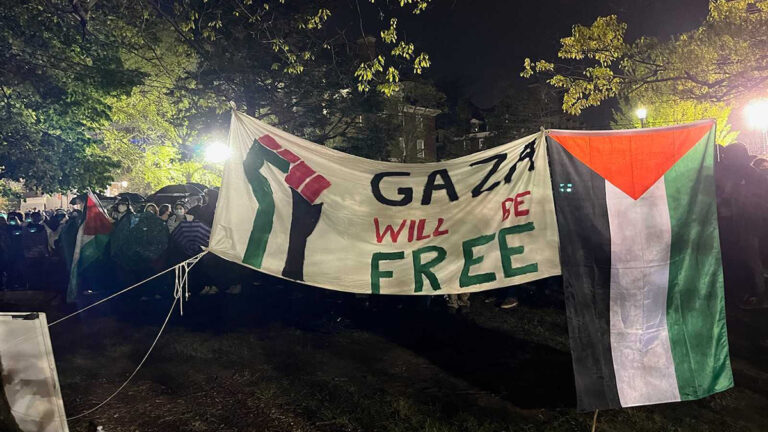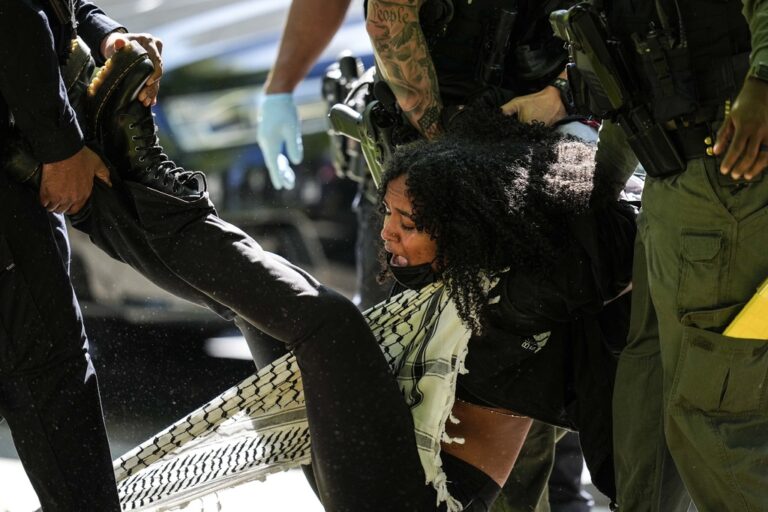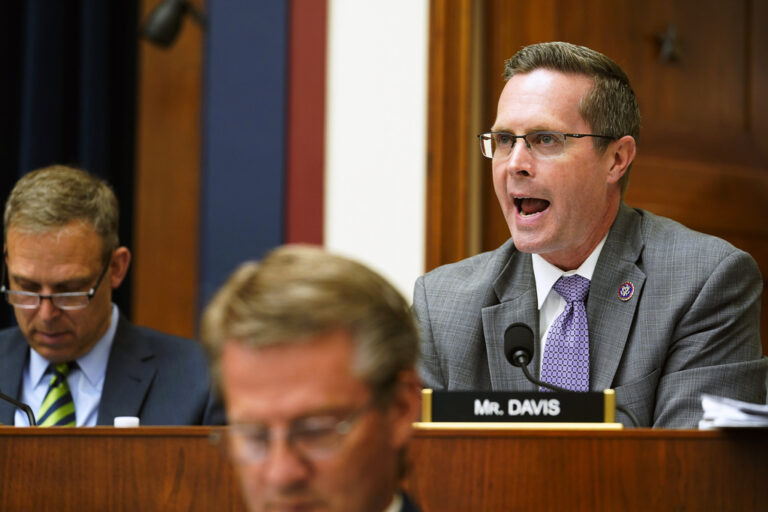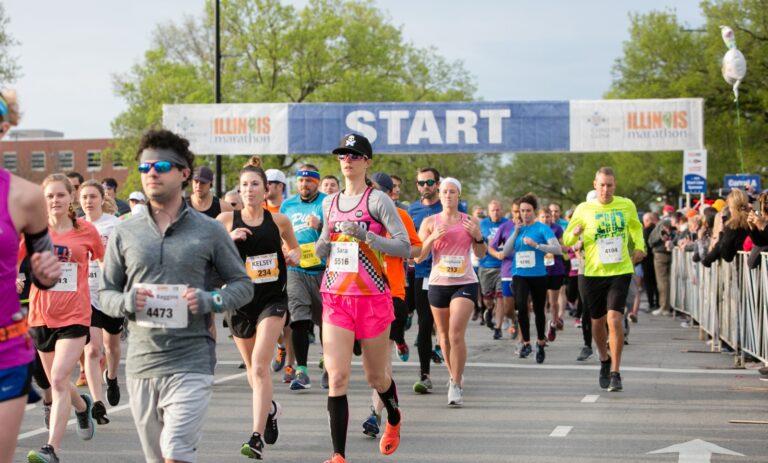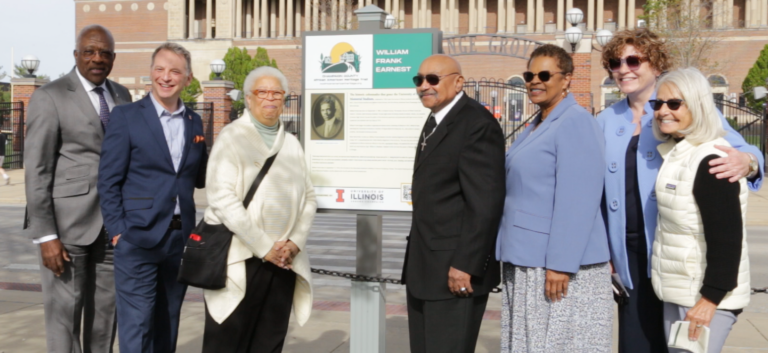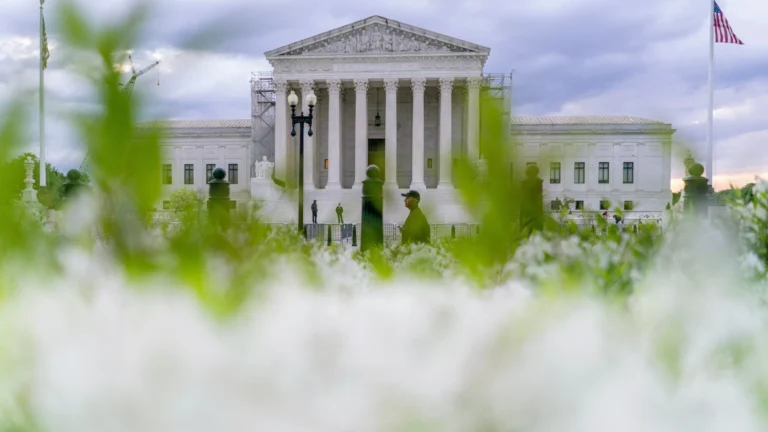CHAMPAIGN — University of Illinois researchers published a new database last week on police use of force across the state.
The SPOTLITE database – short for “Systemic Policing Oversight Through Lethal-Force Incident Tracking Environment” — includes twice as many incidents as Illinois police previously reported.
“When we rely solely on administrative reporting by policing agencies, the picture that we get is incomplete,” says Cline Center for Advanced Social Research Director Scott Althaus, who co-led the database project.
Althaus says police departments often have too little staff to keep data well, even when required by law.
“Whether it’s reporting crime data, or use of force data, many departments are simply not able to comply with the data requests,” Althaus says.
While Illinois State Police reported using lethal force against civilians 39 times in 2020, the researchers found and verified 94 instances.
The researchers used news reports and existing databases to compile a fuller picture of times when police shot someone, or otherwise used lethal force. The database includes both people who died and those who survived.
University of Illinois law professor Margareth Etienne was not involved in creating SPOTLITE. She says she has been looking for more data like this for her own research.
“I wanted to know more. What do we know about Champaign? What do we know about surrounding counties? What do we know about surrounding states? What do we know about gender?” Etienne says.
Etienne says this kind of data is important for questions like whether police training helps prevent shootings, whether police should be stationed at schools and more.
The Illinois State Police did not return our request for comment by the time of publication.
Database documents wide racial disparities among those killed and injured
The SPOTLITE team identified 694 cases where Illinois police shot a firearm or otherwise killed someone between 2014 and 2021. The researchers were able to identify the race of 502 civilians affected by these shootings and other incidents.
Out of these 500 people, 61 percent were African-American and 20 percent were white. Another 17 percent were Hispanic and under one percent were Asian or Pacific Islander.
In Champaign, seven of the eight people shot at by police during this time frame were Black, and one was white.
Justin Nix is an associate professor of criminal justice at the University of Nebraska-Omaha and was not involved in the database. He says it’s hard to tell precisely what is causing this large racial disparity.
“While we do have good evidence that police disproportionately stop Black drivers and Black pedestrians, I don’t know that it’s terribly informative to say ‘x’ people shot are Black and the population that is Black is ‘x’ percent,” Nix says.
There are so many steps before the moment an officer pulls the trigger, he says.
“You’ve got to account for who the police are giving attention to. As a scientist you’d want to know not just everybody they shot at or everybody they stopped, but everybody they could have stopped,” Nix says.
In about one-third of cases, the SPOTLITE researchers did not have enough information to classify race – like when the person injured was a minor.
Emily Hays is a reporter for Illinois Public Media. Follow her on Twitter @amihatt.


